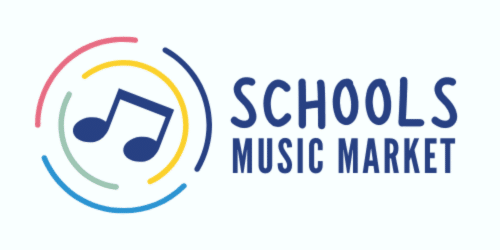In the evolving landscape of music education, the integration of graphic music scores into school lessons offers a vibrant and innovative pathway to teaching composition. Unlike traditional music notation, graphic music scores utilize visual symbols and abstract designs to represent music. This approach not only demystifies the process of composition for students but also encourages a more inclusive and creative exploration of musical concepts. In this blog post, we’ll delve into how educators can effectively use graphic music scores to teach composition, fostering a deeper engagement with music as an expressive art form.
What is a Graphic Music Score?
A graphic music score is an alternative form of musical notation that uses visual images and symbols to convey how a piece of music should be performed. These scores can range from simple illustrations and shapes to complex and abstract art pieces. The key advantage of using a graphic music score is its ability to represent musical ideas in a way that is not limited by the conventions of traditional notation, making it particularly accessible to young learners and those new to music theory.
Benefits of Using Graphic Music Scores in Education
- Encourages Creativity: Students are given the freedom to interpret the symbols and images in their own way, leading to unique and creative musical expressions.
- Promotes Experimental Learning: Graphic scores challenge students to think outside the box and experiment with different sounds and instruments.
- Enhances Understanding of Musical Elements: By engaging with graphic scores, students develop a deeper understanding of musical concepts such as dynamics, tempo, and texture in a more intuitive and less prescriptive manner.
- Accessibility: This approach can be particularly beneficial for students who find traditional musical notation challenging, making music composition more inclusive.
Teaching Composition with a Graphic Music Score
- Introduction to Graphic Scores: Start with an overview of what graphic music scores are and showcase examples from various composers. This can include famous pieces like Cornelius Cardew’s “Treatise” or John Cage’s innovative scores.
- Analysis and Interpretation: Before diving into composition, encourage students to interpret and perform pieces from existing graphic scores. This exercise helps students understand the range of possibilities that graphic notation offers.
- Creating Visual Symbols: Engage students in creating their own set of visual symbols to represent different musical sounds and actions. This can involve a discussion about how to visually convey concepts like pitch, volume, duration, and timbre.
- Composition Projects: Assign students the task of composing their own piece using a graphic music score. This can be done individually or in groups, allowing for collaboration. Provide them with a theme or emotion to express through their composition to give a starting point.
- Performance and Feedback: Organize a class performance where each group or individual presents their composition. Following each performance, conduct a feedback session where students can discuss what they interpreted and how it influenced their performance.
- Exhibit and Reflect: Consider creating an exhibition of the students’ graphic scores and recordings of their performances. This not only celebrates their work but also encourages reflection on the creative process and the different interpretations that emerged.
Resources and Tools
- Software and Apps: Utilize digital tools and apps that allow students to create and share graphic scores electronically.
- Art Supplies: Provide a variety of art supplies for students to experiment with when creating their scores, including markers, paint, and collage materials.
- Online Inspiration: Show examples from a wide range of artists and composers who use graphic scores. Many contemporary musicians and sound artists share their work online, offering a rich source of inspiration.
Conclusion
Integrating graphic music scores into school lessons opens up a world of creative possibilities for teaching composition. This approach not only makes music education more accessible but also encourages students to explore their musical ideas in a supportive and imaginative environment. By embracing the unconventional and encouraging creative risk-taking, educators can inspire the next generation of composers to find their unique voice in the vast landscape of sound.
For resources to support your music classroom click here to browse the full list.



